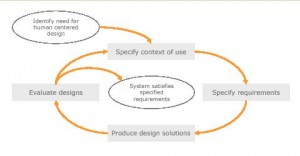For Marvel Pro users only. Also run locally.
About two months ago we launched a feature for Pro users that allowed them to download their prototype as a zip file. The zip file contains the HTML, CSS and JS source files that Marvel uses to build your prototype.
This allows you to host, alter, mix up and play with your prototype on your local machine or server. It’s also really useful if you happen to be presenting and you’re not sure if you’ll land yourself in a situation that has a sketchy internet connection.
There is one other advantage to our downloadable prototype in that it’s fully compatible with HTML based app building platforms like Titanium, Phonegap, Cordova. The following tutorial video gives you an overview on how to run the integration with Titanium.


